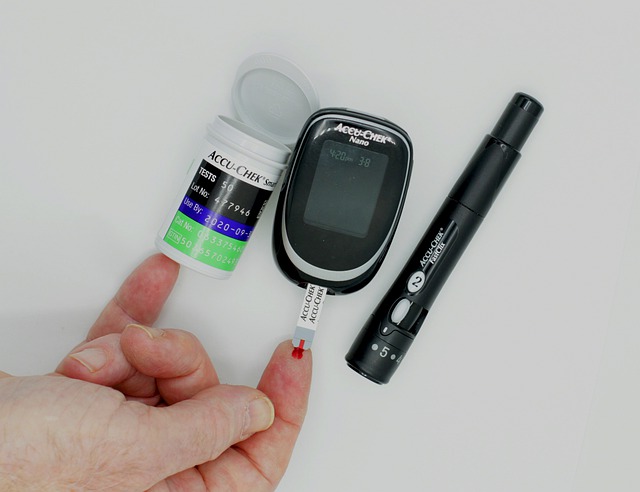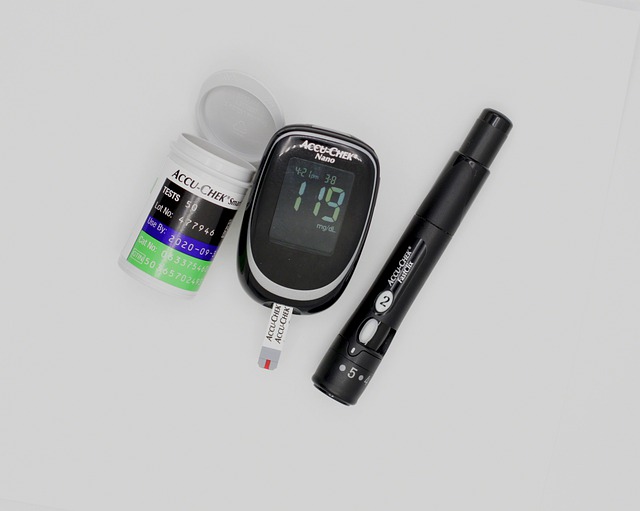Podcast: Play in new window | Download (Duration: 12:48 — 17.6MB) | Embed
On this episode, I breakdown the sacubitril valsartan pharmacology.
The drug for this week is the combination drug sacubitril/valsartan, also known as Entresto. Entresto has a novel dual mechanism of action to treat HFrEF. Sacubitril, currently, is the only FDA-approved medication that is a neprilysin inhibitor. For background, neprilysin is an enzyme that breaks down natriuretic peptides. The inhibition of neprilysin results in an increase in natriuretic peptides, which causes vasodilation, fluid loss, and a decrease in blood pressure. Valsartan is an angiotensin II receptor blocker; it prevents angiotensin II from binding to AT1 to reduce blood pressure by reducing vasoconstriction, synthesis, and release of aldosterone and ADH, cardiac remodeling, and renal reabsorption of sodium. The unique pharmacology of Entresto makes it advantageous to use in HFrEF and is even now one of the preferred agents.
Common adverse reactions that occur when taking Entresto are related to its dual mechanism pharmacology. The most common adverse reactions of Entresto are hyperkalemia, angioedema, hypotension, and renal impairment. Entresto is contraindicated in pregnancy due to fetotoxicity; it requires a 36 hour washout period when transitioning from an ACE inhibitor due to the increased risk of angioedema.
Entresto is initially dosed at 24/26 mg twice a day if the patient is on a low dose ACE inhibitor/ARB, or if the patient has not taken anything. If a patient is taking over 10 mg of enalapril equivalents a day or 160 mg of valsartan equivalents a day, then the preferred initial dose is 49/51 mg twice a day. Regardless of initial dosing, the target dose is 97/103 mg twice a day. In cases of severe renal impairment, or moderate hepatic impairment, the initial dosing should start at 24/26 twice a day; titration remains the same.
The pharmacology of Entresto leaves room for many potential drug-drug interactions. There’s a risk of duplicate therapy with other ACE inhibitors or ARBs. An exacerbation of adverse drug reactions can also occur when taking medications that can lower blood pressure, like Sinemet, or medications that can increase the risk for hyperkalemia, like trimethoprim, and spironolactone, or medications that can increase the risk of renal impairment, like NSAIDs. Entresto has also been shown to increase the risk of lithium toxicity.
Be sure to check out our free Top 200 study guide – a 31 page PDF that is yours for FREE!
Show notes provided by Chong Yol G Kim, PharmD Student.
Support The Podcast and Check Out These Amazing Resources!
Meded101 Guide to Nursing Pharmacology (Amazon Highly Rated)
Guide to Drug Food Interactions (Amazon Best Seller)










